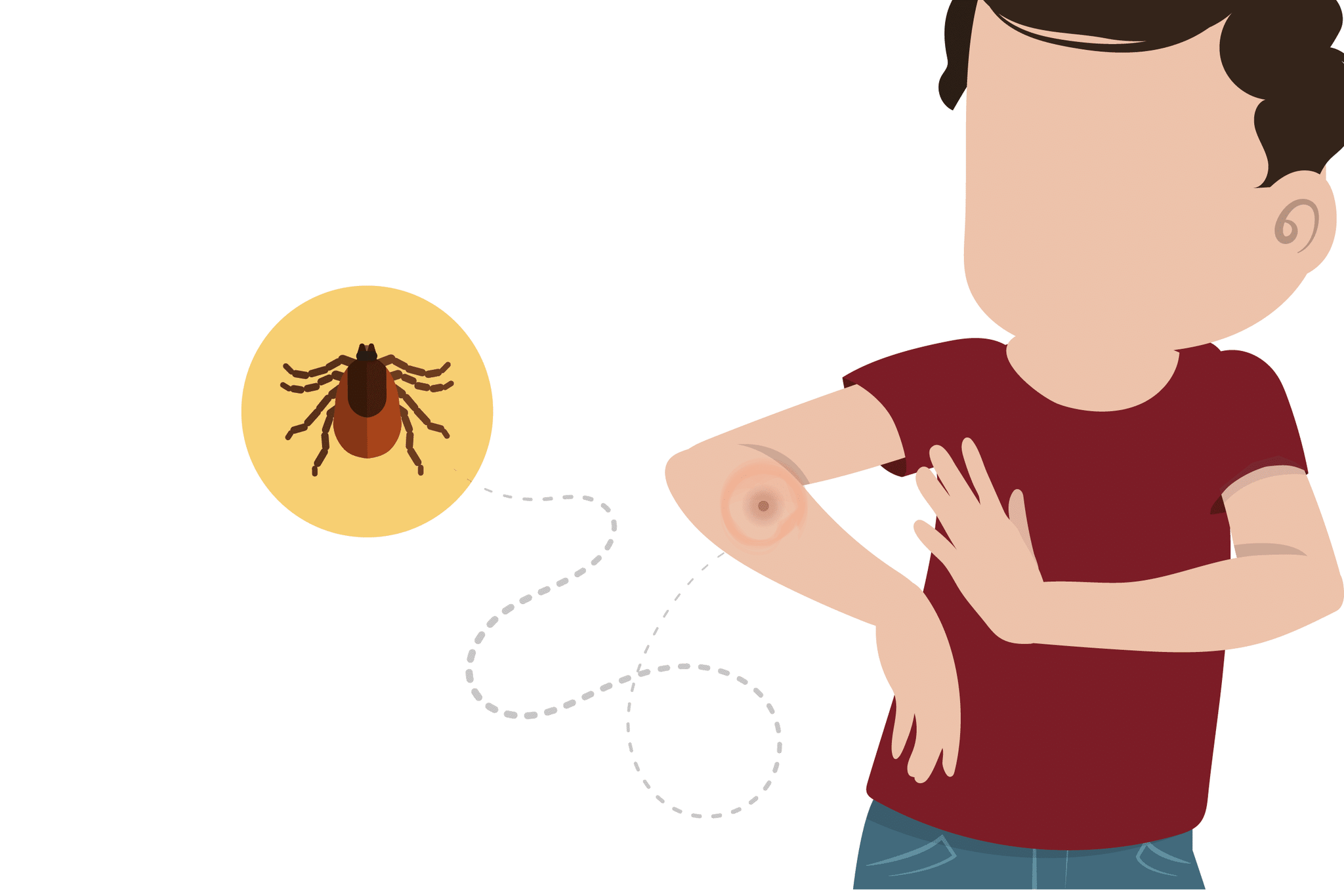Hyperbaric Oxygen Therapy and Lyme Disease
Hyperbaric Oxygen Therapy and Lyme Disease:
Exploring Potential Benefits
Lyme disease is a complex, multi-system illness caused by the bacterium Borrelia burgdorferi, transmitted through tick bites. It can present with a wide range of symptoms, including fatigue, joint pain, neurological issues, and more. While conventional treatments such as antibiotics are typically used to address Lyme disease, Hyperbaric Oxygen Therapy (HBOT) has emerged as a potential adjunctive treatment. In this post, we’ll explore how HBOT may benefit individuals dealing with Lyme disease.
Understanding Lyme Disease
What Is Lyme Disease?
Lyme disease is an infectious disease caused by the Borrelia burgdorferi bacterium, transmitted to humans through tick bites. Key aspects of Lyme disease include:
Challenges of Lyme Disease Management
Managing Lyme disease can be challenging due to:
How HBOT Supports Lyme Disease Management
Enhanced Oxygen Delivery to Infected Tissues
HBOT involves breathing 100% oxygen in a pressurized chamber, which increases oxygen levels in the body. For Lyme disease patients, this enhanced oxygenation can:
Reduction of Inflammation and Oxidative Stress
Inflammation and oxidative stress are common in Lyme disease and contribute to symptoms and disease progression. HBOT helps manage these issues by:
Support for Neurological Health
Lyme disease can affect the nervous system, leading to neurological symptoms. HBOT supports neurological health through:
Potential Benefits for Lyme Disease Patients
Research and anecdotal evidence suggest that HBOT may offer several benefits for Lyme disease patients:
Integrating HBOT into Lyme Disease Treatment
Consult with Healthcare Providers
Before incorporating HBOT into your Lyme disease management plan, consult with a healthcare provider to assess its suitability for your specific condition and treatment needs.
Combine with Conventional Treatments
HBOT is often used alongside conventional treatments, such as antibiotics and symptom management strategies, to provide comprehensive care and support.
Follow Treatment Protocols
Adhering to recommended HBOT protocols and treatment schedules is essential for achieving the best results and supporting overall health.
Conclusion
Hyperbaric Oxygen Therapy offers a promising approach to supporting Lyme disease management and improving patient outcomes. By enhancing oxygen delivery, reducing inflammation, supporting neurological health, and promoting cellular repair, HBOT can contribute to symptom relief and an improved quality of life for individuals with Lyme disease.
At RX-O2 Hyperbaric Clinics, we are dedicated to helping you explore the benefits of HBOT and develop a personalized treatment plan to support your health and well-being. Contact us today to learn more about how HBOT can be a valuable part of your Lyme disease management journey.
Source: International Hyperbarics Association
Information on this website is provided for educational purposes only. It is not intended as a substitute for the diagnosis, treatment, and advice of a qualified licensed professional. This website offers general information and in no way should anyone consider that this website represents the practice of medicine. This website assumes no responsibility for how this information is used. Also note that this website frequently updates its contents, due to a variety of reasons. No statements or implied treatments on this website have been evaluated or approved by the FDA. It is important that you do not reduce, change, or discontinue any medication or treatment without first consulting your doctor. Please consult your doctor before beginning any new program of treatment.

